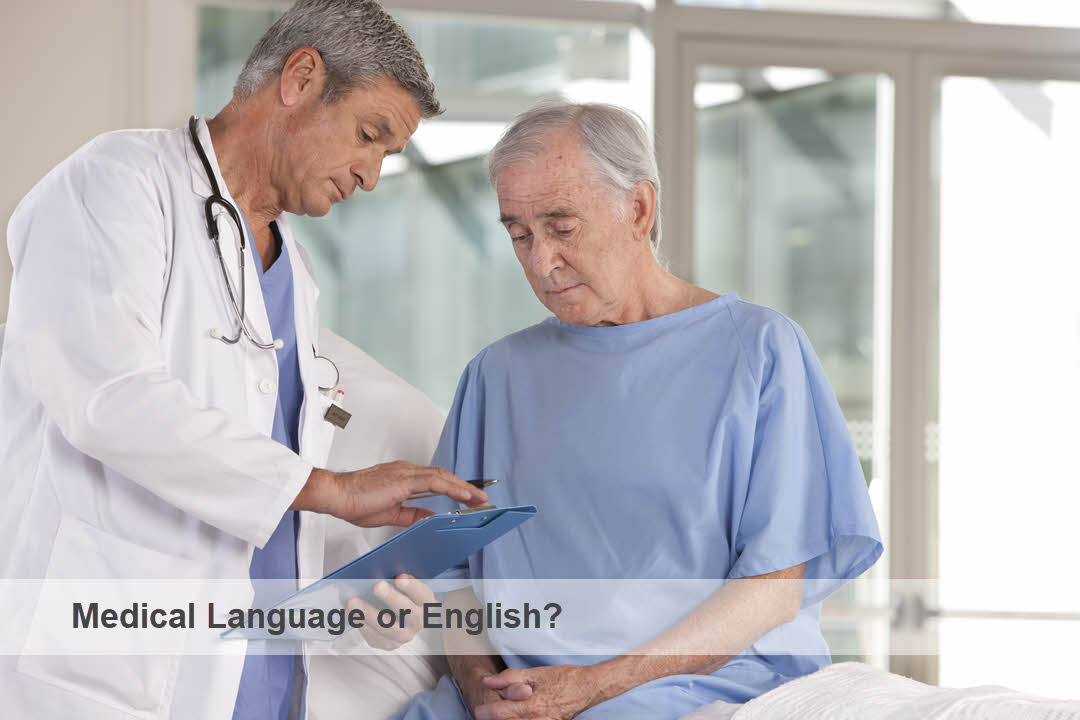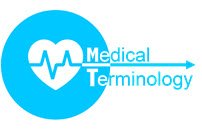
Communication is paramount in the field of healthcare. Yet, a significant question often arises: Why do medical professionals rely heavily on medical terminology instead of using simpler, everyday English?
The answer lies in the precision, efficiency, and universality of medical language and the unique demands of healthcare settings.
Precision: Avoiding Ambiguity
Medicine is a science that thrives on accuracy. A slight miscommunication can lead to severe consequences, such as misdiagnosis or inappropriate treatment. Medical language, often derived from Latin and Greek roots, provides the specificity to describe complex biological processes, conditions, and treatments.
For instance, saying “myocardial infarction” rather than “heart attack” highlights the exact nature of the event—a blockage in the coronary artery leading to heart muscle damage—and ensures clarity among healthcare professionals. Everyday English, though accessible, can sometimes lack this level of precision.
Efficiency in Communication
Healthcare is a high-stakes environment where time is often of the essence. Medical professionals must convey large amounts of information succinctly, and medical terminology acts as a form of shorthand. Terms like “STAT” (from the Latin statim, meaning immediately) or “CBC” (complete blood count) save valuable time and allow for quicker, more effective communication, especially in emergencies.
Universality Across Borders
Medicine is a global profession. The standardized nature of medical terminology allows professionals from different countries and linguistic backgrounds to collaborate seamlessly. For example, whether a doctor is practicing in Japan, Brazil, or Germany, terms like “hypertension” or “appendectomy” carry the same meaning. This universality is vital in medical research and international conferences, where precise and shared understanding is key to advancing healthcare.
Bridging the Gap with Patients
While medical language is indispensable among professionals, bridging the gap between this specialized vocabulary and patient understanding is equally important. Healthcare providers often translate medical jargon into layman’s terms to ensure patients fully comprehend their conditions and treatment options. This dual-language approach balances the need for precision with the necessity of patient-centered care.
Conclusion
Medical language is the backbone of healthcare communication, offering precision, efficiency, and universality that everyday English cannot always provide. However, adapting this language when interacting with patients is essential to foster understanding and trust. By striking this balance, medical professionals ensure that the science and the art of medicine are upheld.
Why Should I Learn Medical Terminology?
Myocardial infarction is a condition where blood flow to the heart muscle is blocked, causing damage or death of heart tissue.
This blockage typically occurs when a blood clot forms in one of the coronary arteries that supply blood to the heart. As a result, the heart muscle does not receive enough oxygen and nutrients, leading to damage.
“Stat” is an abbreviation for “immediately”. It is often used in medical contexts to indicate that something should be done without delay. For example, “Get the patient to the operating room, stat!”.
